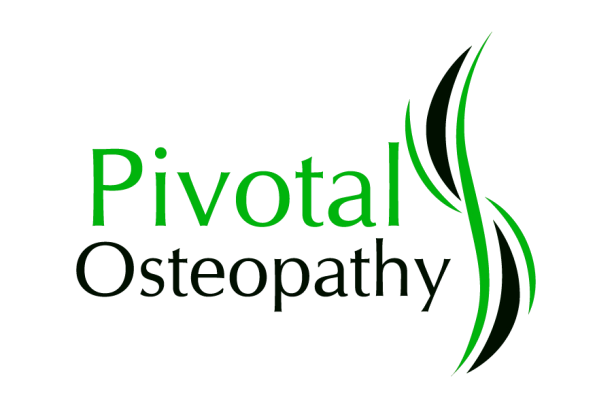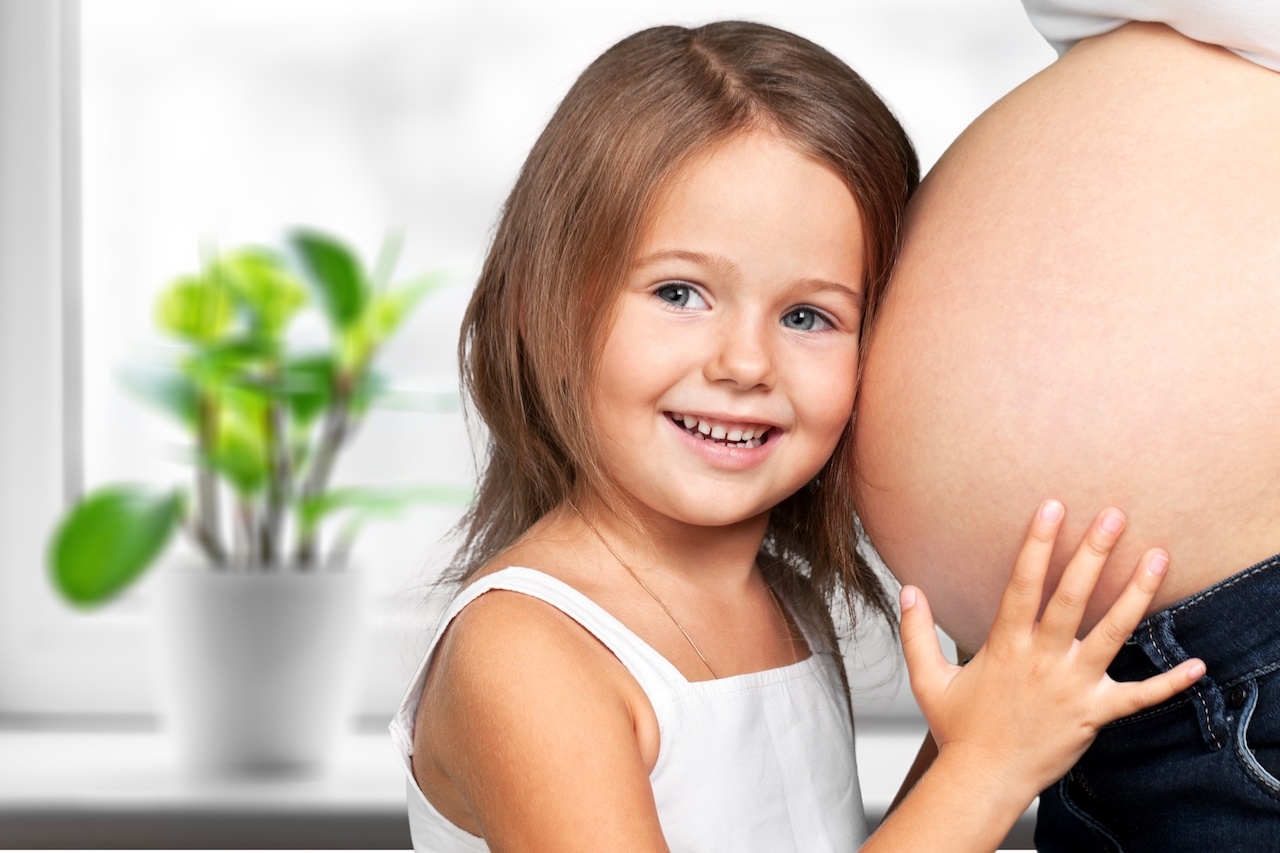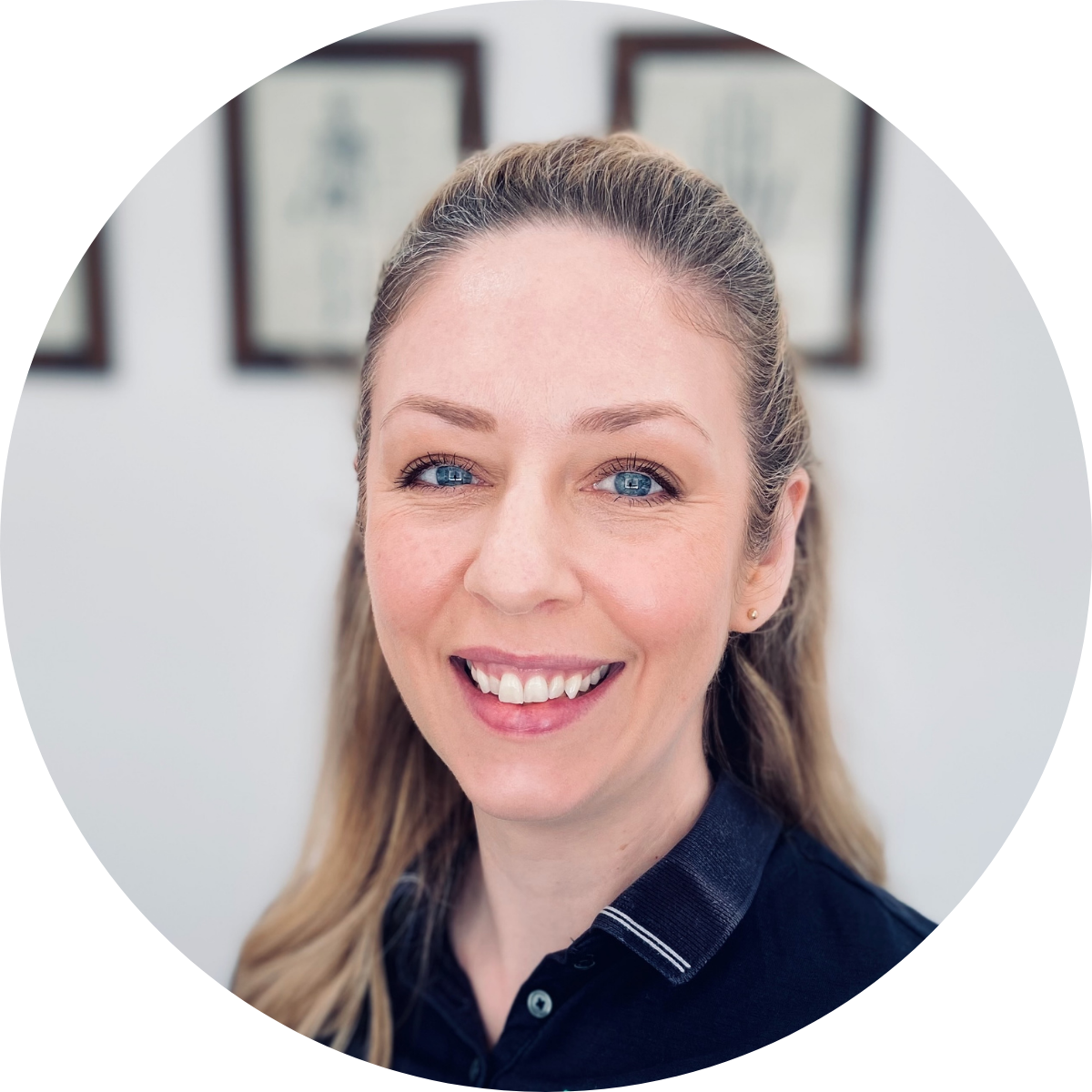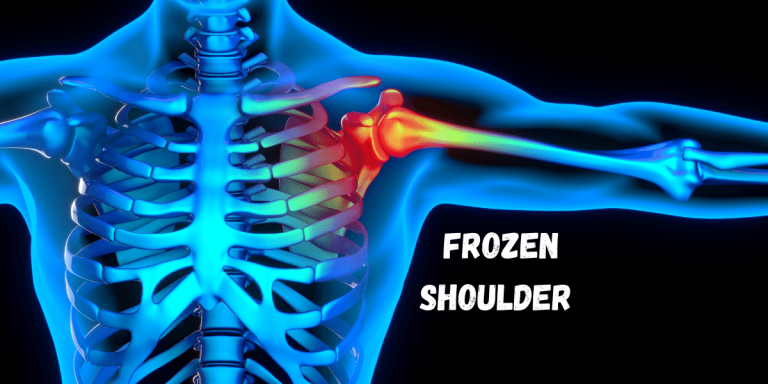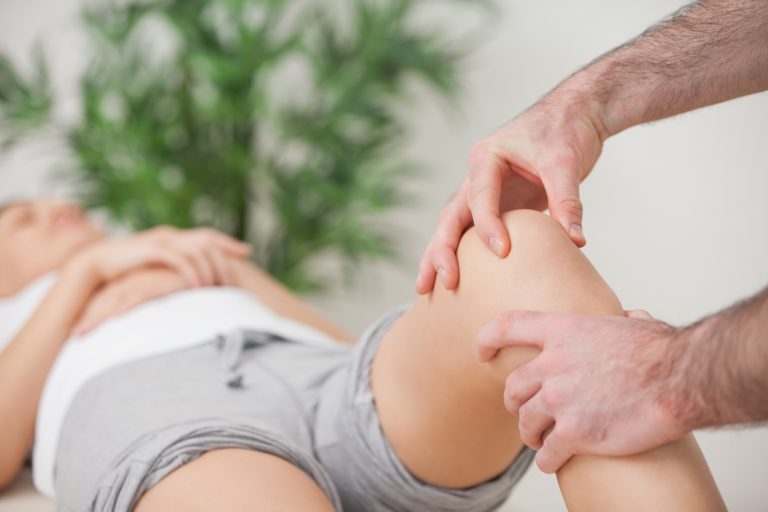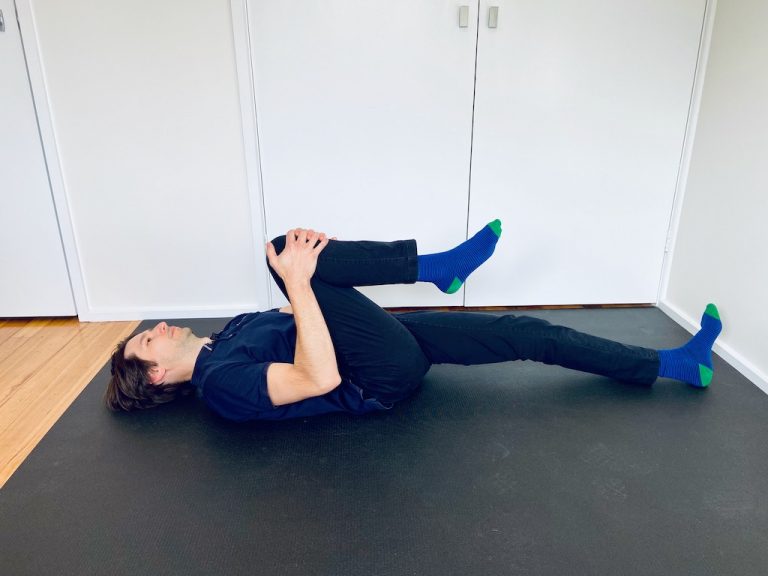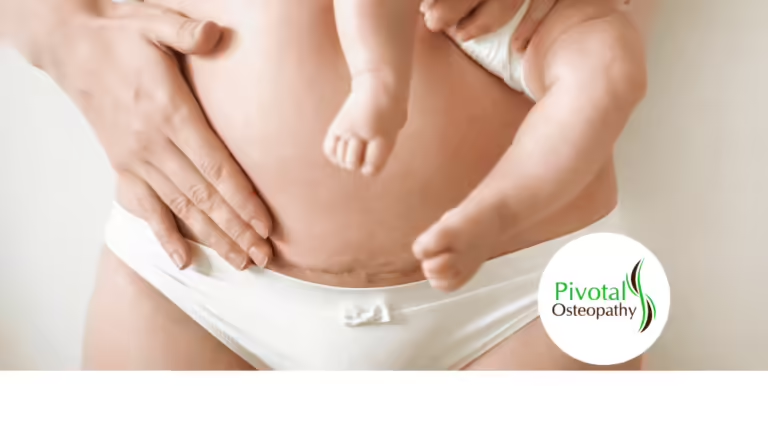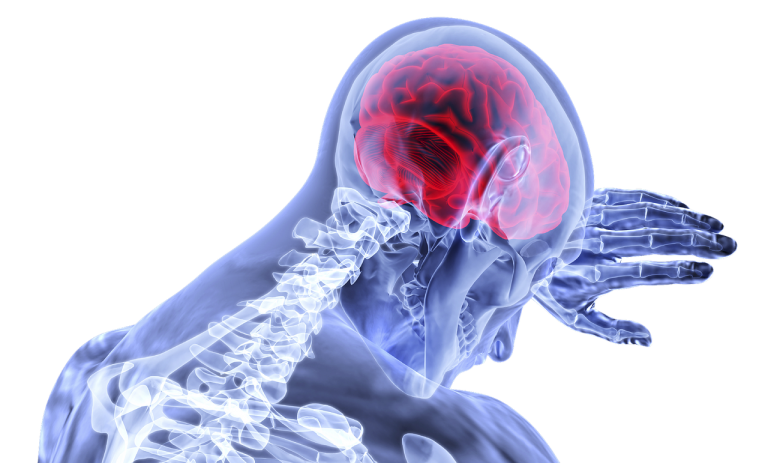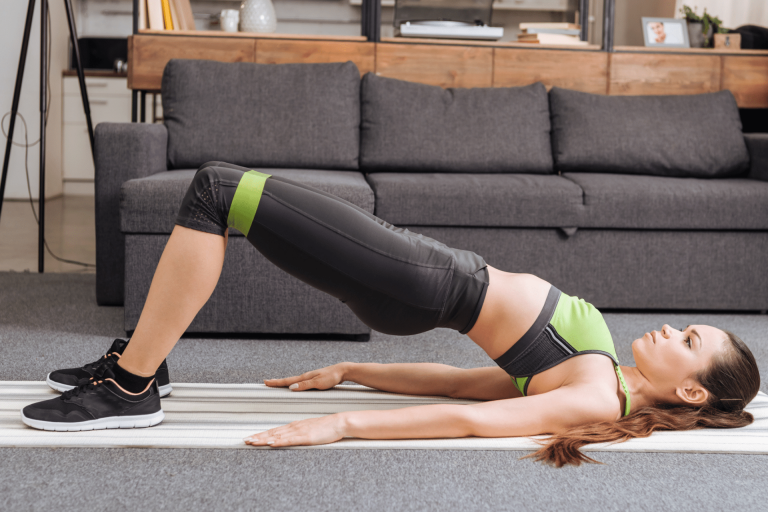Pregnancy and Children
Osteopathy for pregnancy and children
Osteopathic treatment may help women pre- and post-pregnancy as well as during childhood when the body is going through rapid changes and growth.
Osteopathy for pregnancy and women’s health
Pregnancy is a time of great change for the human body, both physical and emotional. As you progress through pregnancy, changes to your centre of gravity alter the forces on the thorax, lower back and pelvis predominantly. Fluctuating hormone levels also impact how your body adjusts to these changes in force.

Pelvic girdle pain during pregnancy
One of the most common reasons pregnant women seek Osteopathic treatment from us at Pivotal Osteopathy is pelvic girdle pain (PGP). 56-72% of women will experience lower back or PGP during pregnancy, and women who have suffered back pain in the past are more likely to experience recurrence during pregnancy.1,2 Women may experience pain at the front of the pelvis (pubic symphysis) or the back of the pelvis (the sacroiliac joints, lumbosacral spine and coccyx). Pain is often felt when transferring load from one leg to another such as during walking, climbing stairs, getting in and out of the car or bed and from sitting to standing.
PGP can present at any time during pregnancy and it is not necessarily related to the weight or size of the developing baby or amounts of the hormone relaxin in the body. PGP is more associated with joint laxity that is not symmetrical, and this is where we may be able to help with Pivotal Osteopathy.
There are many ways we may help in PGP management, and other aches and pains experienced during pregnancy. This includes hands-on Osteopathic treatment to relax tight structures and mobilise stiff joints, as well as exercise prescription to help improve activation and stability in the transfer of load from the legs and spine through the pelvis. We can also advise on appropriate supportive braces or garments that may assist during pregnancy and postpartum recovery.
Pain after pregnancy
In the postpartum recovery period, women may still experience PGP and will be recovering from either vaginal or Caesarian delivery procedures. Many women have diastasis rectus abdominis (DRA), which is the separation of the abdominal muscles, which will generally get better with time and gentle exercise management. Some women will experience pelvic floor weakness and dysfunction or might have sustained trauma during birth. There are also the impacts of breastfeeding to consider, which have both postural and hormonal effects. There is a poor relationship though between the hormone relaxin and PGP, and stopping breastfeeding is unlikely to impact PGP so it’s not something we recommend. Mums are also suddenly spending a lot of extra time looking down at their beautiful baby and enduring interrupted and sleep, all of which increases fatigue and postural loads through the muscles and joints of the shoulders, neck, back and chest structures. This can result in headaches, spinal pain, tingling in the arms, and pain across the chest, shoulders and mid-back just to name a few.
There is a huge range of factors to consider with pregnancy and postpartum recovery. It is an exciting and scary time; when you are pregnant you can feel more vulnerable in your body. Experiencing sudden pain can make simple daily activities challenging, even more so when you have a toddler you’re chasing around too! We are here to assist you.
When is the time to see us?
Ideally, starting to treat you early on in your pregnancy is great as we can try and enhance your body’s ability to cope with the dramatic physical changes ahead, but it is never too late. If you are in pain please reach out and we will help to support you by providing hands-on Osteopathic treatment so you may feel more comfortable in your body, as well as helpful advice and exercise management. If you are already post-partum, struggling with pain and haven’t yet sought help, it is important to prioritise your own health as well as taking care of your children. This can be hard to do when you are a busy mum but we are here to help and find strategies that will work in your current life situation (we are parents too, we understand!).
- Wu WH, Meijer OG, Uegaki K, et al. Pregnancy-related pelvic girdle pain (PPP), I: Terminology, clinical presentation, and prevalence. Eur Spine J. 2004;13(7):575-589.
-
Mens JM, Huis in ‘t Veld YH, Pool-Goudzwaard A. Severity of signs and symptoms in lumbopelvic pain during pregnancy. Man Ther. 2012;17(2):175-179.
Osteopathy for Children
Babies and toddlers

Sometimes babies have a tight jaw or a tight or sprained neck that doesn’t allow them to breast or bottle feed comfortably from one side or turn their head fully. There may be physical restrictions with their tongue or lip which means they don’t suck effectively and this can be really painful and damaging for a mum’s nipples. We recommend also consulting with a lactation consultant (IBCLC) who specialises in breastfeeding difficulties, and we can work in with providing Osteopathic treatment and exercises to help ease these tissue restrictions and refer out for further management where indicated (like a paediatric dentist in the case of a tongue or lip tie for example).
We also look to assess flat spots on the head (plagiocephaly), and check hips for signs of dysplasia and general muscle tone. We can help with assessing movement patterns and give exercises and stretches to help with head lifting during tummy time, crawling, standing, cruising and walking. It is very important to always get a young baby or toddler checked out if they are avoiding using one leg when crawling and standing, or if they are limping as it can be a sign of something more serious. We will refer back to your child’s GP or paediatrician if we feel they need further assessment at any stage too.
Older children and adolescents

As children grow, their activity levels and habits change, and so does their pain and injury profile. Kids are usually pretty busy and active, they get injuries and feel pain too!
We can help in the assessment, diagnosis and management of spinal pain, headaches, scoliosis and posture concerns (including desk ergonomics for schoolwork), developmental conditions (such as Osgood-Schlatter disease, Sever’s disease and Schuermann’s disease), sports injuries and arthritis.
If your child is consistently complaining of aches and pains or is limping, it’s important to have your child’s symptoms assessed, as sometimes these symptoms can indicate something more serious. We will refer back to your child’s GP and/or paediatrician if we determine they need further assessment.
Call and speak to us today about how we may be able to help you and your family.
